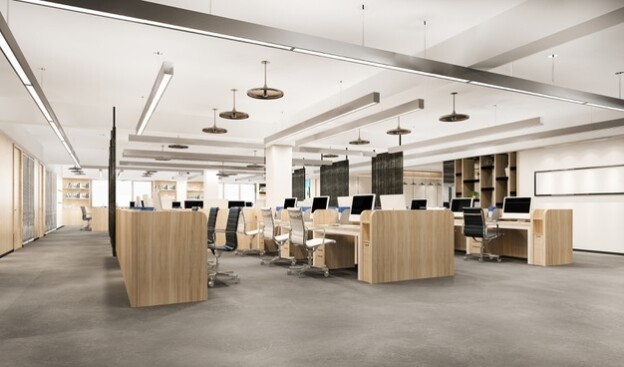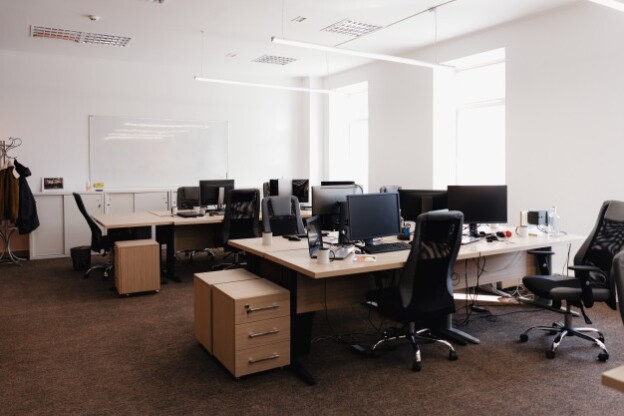Modern offices have very different needs to those of a few years ago, and it is that not only have the ways of working and the strategies changed to be competitive; Covid-19 and the popularization of hybrid work are also transforming workspaces.
Having a creative team, generating engagement and promoting lateral thinking were already enough reasons to bet on common spaces in the office. Now that semi-presence has become the most common in companies, common spaces are even more necessary than before to respond to the true needs of employees.
In this article we are going to see what common spaces should not be missing in your office, why you should have them in your design and what function they should fulfill.
COLLABORATION AND TEAMWORK AREAS
Face-to-face work in the office will increasingly be focused on sharing, collaboration, coordination, and all those tasks that are more complex to perform through teleworking.
Meeting rooms, which have always been important, now acquire a greater prominence, and a more intensive use. The ideal is to have several common areas where it is easy to collaborate, although it is not always necessary that they be completely separate rooms. The dividing elements with plants or sound-absorbing furniture are a great option, which also allows a quick reconfiguration of the spaces to adapt them to the different needs of each moment.
LEARNING AND TRAINING AREAS
Training, meetings with the entire staff, meetings, holding events… these are needs that will become more and more frequent. We are in a time of profound changes in which maintaining cohesion and coherence is one of the main challenges. For this, it is necessary to have adequate spaces within the offices.
A spacious and versatile space, which can be used both for training and for conferences and company events, is now much more useful than individual offices.
INFORMAL MEETING AREAS
Have a coffee, eat something in the middle of the morning, talk in a relaxed way with colleagues, exchange opinions … Socialize! Although it may seem contradictory, spaces for socialization and relaxation at work not only increase productivity, but also its quality.
Human beings are social by nature, and it is in those moments that we learn more fluidly from each other, we accompany each other in challenges, we avoid making mistakes that others have suffered, we generate camaraderie, and, ultimately, we multiply our intelligence to carry out the work in the best possible way thanks to the exchange.
RELAXATION AREAS
A small relaxation area in which to be able to disconnect in order to connect with more enthusiasm is the best investment you can make for your employees. Not only will your productivity increase, you will also be able to retain talent and generate commitment to your company.

